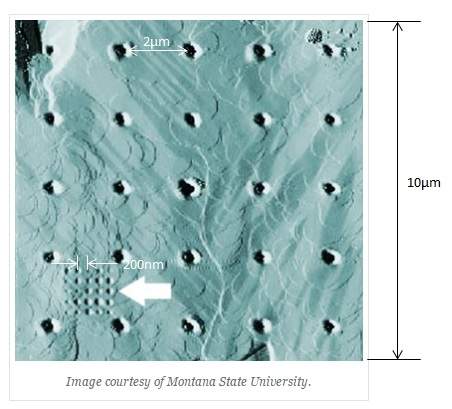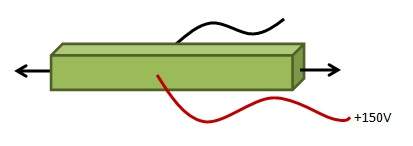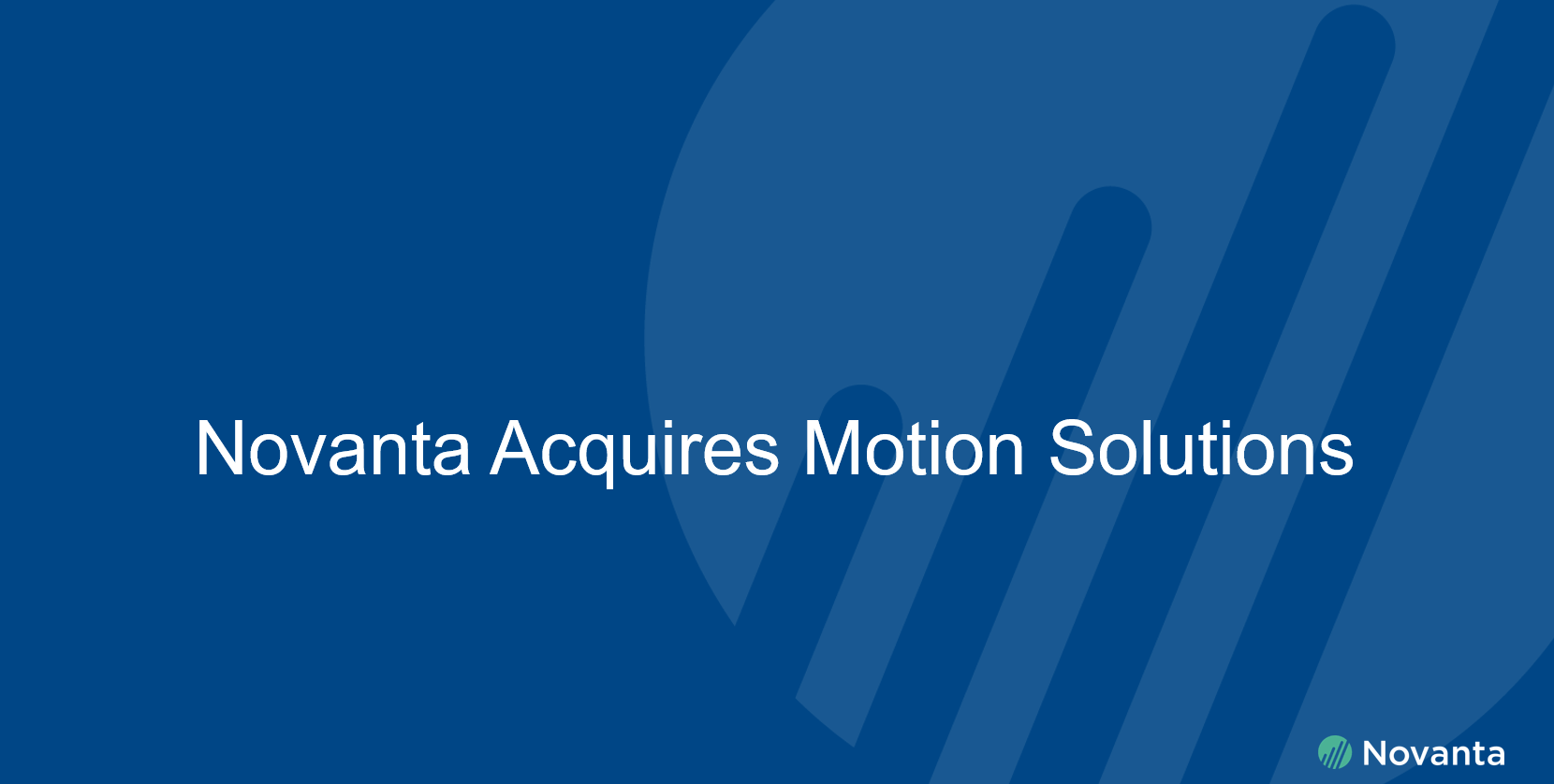Piezo stages are used in applications where high precision in motion, very fast movements (in milliseconds), or high force generation out of a small volume (kilo Newton) are necessary. High precision in motion is required in Atomic Force Microscopy, for example.

TappingMode™ image of indentation patterns on Parafilm® acquired with a MultiMode® AFM and an nPoint scanner
The following paragraphs briefly describe the factors that a design engineer considers when designing a flexure-based piezo stage. The “motor” in such stages is a monolithic piezo, and in most cases a multilayer piezo stack. The piezo expands up to 0.1% of its length when a voltage of ~150V is applied. This means that a 20 mm-long multilayer actuator will expand up 20 µm. Typical voltages applied to these types of piezos range from -30 V to 150 V.

The multilayer piezo actuators are available in varying lengths and cross sections. The most common cross sections are 3×3 mm², 5×5 mm², 7×7 mm² and 10×10 mm². Depending on the piezo ceramic manufacturer, lengths can vary by as little as 2 mm or as much as 10mm. When choosing a certain piezo actuator size, try to maintain an aspect ratio smaller than 10. This means that the maximum recommended length for a piezo with 5×5 mm² cross section, for example, is 50mm. When this piezo is used in a direct-driven stage, the resulting stroke would be approximately 50 µm. If higher stroke is desired, then an amplification mechanism needs to be designed.
When amplification is used, the stiffness of the stage is reduced. If we assume an amplification of motion by a factor of “a” then the stiffness of the stage will be reduced by c’=c/a², where c is the stiffness of the direct-driven stage.
For example: a direct-driven stage based utilizing a 5x5x50 mm piezo will move up to 50µm with a stiffness of ~15N/µm. If a 25mm-long piezo is used in a design with a factor of 2 amplification instead, then the stiffness will be reduced by a factor of 4. The stiffness directly affects the resonance frequency of the stage.
Besides these fundamental considerations, specifications like space, maximum precision, maximum-allowed cross-talk, sample-load, and load shape are a few of the other considerations that will influence a piezo stage design.




